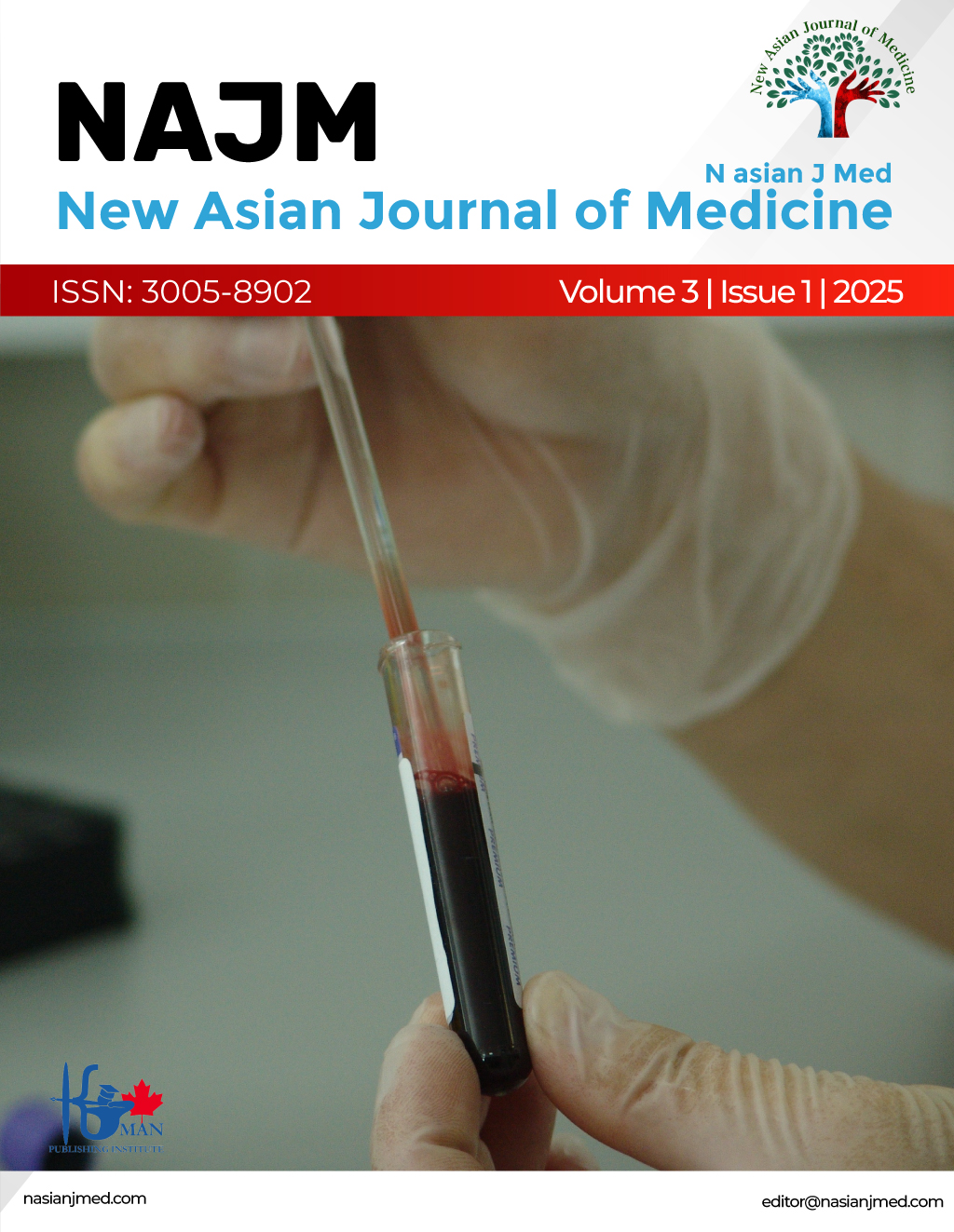Relation between Cardiac Conduction Disturbances and Non Alcoholic Fatty Liver Disease.
DOI:
https://doi.org/10.61838/Keywords:
NAFLD, arrhythmia, fatty liverAbstract
Introduction: Non-Alcoholic Fatty Liver Disease (NAFLD) is an emerging non-communicable disease affecting 25-30% of the global population, with a higher prevalence among diabetics (70-75%) and obese individuals (up to 95-99%). In India, NAFLD affects 10-30% of the population, with nearly 10 million cases annually. NAFLD is known to increase the risk of cardiovascular diseases, including coronary artery disease and structural cardiac defects. Studies have suggested an association between NAFLD and atrial fibrillation (AF), particularly in patients with advanced NAFLD and liver fibrosis. This study aims to explore the potential link between NAFLD and cardiac conduction defects, focusing on arrhythmias and other related factors.
Materials and Methods: This observational study was conducted over three months at a tertiary care hospital in Southern India. A total of 198 patients were selected based on their health screening results and divided into two groups: Group 1 (NAFLD) and Group 2 (Non-NAFLD). Patients were excluded if they had significant alcohol consumption, pre-existing cardiac illness (other than hypertension), or liver disease other than NAFLD. All participants underwent ultrasound for NAFLD diagnosis and 12-lead ECG to assess cardiac rhythm abnormalities. Data on demographics, comorbidities, BMI, lipid profiles, and other relevant factors were collected. Prevalence and types of cardiac conduction defects were compared between the two groups, and univariate analysis was performed to identify associated risk factors.
Results: Among 198 participants, 119 had NAFLD and 79 did not. The prevalence of cardiac conduction defects in NAFLD patients was 5.04%, with complete right bundle branch block (RBBB) and ventricular premature beats being the most common arrhythmias. However, the relationship between NAFLD and cardiac conduction defects was statistically insignificant (OR 1.34, p=0.681). NAFLD prevalence was significantly associated with higher BMI (p=0.016), age (p=0.022), and elevated postprandial blood sugar, SGPT, and alkaline phosphatase levels. Hypertension duration was also a significant predictor of NAFLD.
Conclusion: NAFLD, in the absence of significant cardiac comorbidities, does not appear to be associated with cardiac conduction defects. Larger community-based studies are required to confirm or refute these findings and better understand the relationship between NAFLD and cardiac arrhythmias.
Published
Issue
Section
License
Copyright (c) 2025 Harsh Jain, Emmanuel Bhaskar (Author)

This work is licensed under a Creative Commons Attribution-NonCommercial 4.0 International License.






